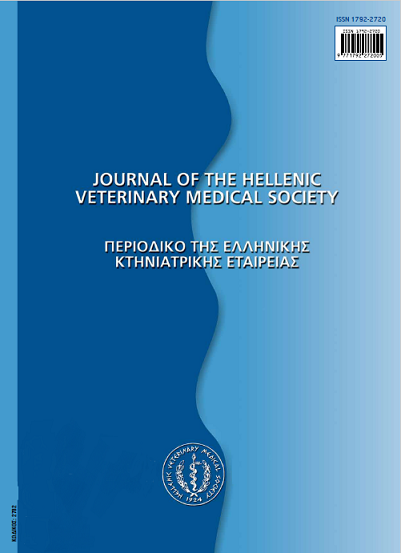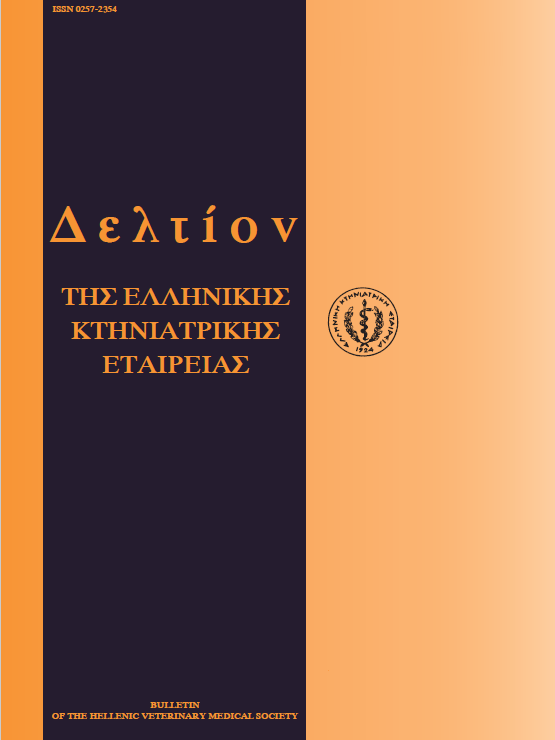Laboratory animal facility management
Abstract
The successful management of a laboratory animal facility is based on the design and implementation of a management program, which in most cases covers the minimum legislative requirements and goes further, in order to achieve more in the field of animal welfare. A complete management program should consist of the following main points: a) Monitoring of animal housing, the macro- and microenvironment of the animals, b) veterinary medical care, c) monitoring of electromechanical equipment and the overall construction of the animal facility, and designing of emergency and disaster plans, d) monitoring of the overall program by the Institutional Animal Care and Use Committee responsible to oversee and evaluate the management program of the facility, e) education and training of personnel and f) the implementation of an occupational health and safety program.
Article Details
- Zitationsvorschlag
-
KOSTOMITSOPOULOS (Ν.Γ. ΚΩΣΤΟΜΗΤΣΟΠΟΥΛΟΣ) N. G. (2017). Laboratory animal facility management. Journal of the Hellenic Veterinary Medical Society, 55(3), 268–272. https://doi.org/10.12681/jhvms.15116
- Ausgabe
- Bd. 55 Nr. 3 (2004)
- Rubrik
- Special Article
Authors who publish with this journal agree to the following terms:
· Authors retain copyright and grant the journal right of first publication with the work simultaneously licensed under a Creative Commons Attribution Non-Commercial License that allows others to share the work with an acknowledgement of the work's authorship and initial publication in this journal.
· Authors are able to enter into separate, additional contractual arrangements for the non-exclusive distribution of the journal's published version of the work (e.g. post it to an institutional repository or publish it in a book), with an acknowledgement of its initial publication in this journal.
· Authors are permitted and encouraged to post their work online (preferably in institutional repositories or on their website) prior to and during the submission process, as it can lead to productive exchanges, as well as earlier and greater citation of published work.






